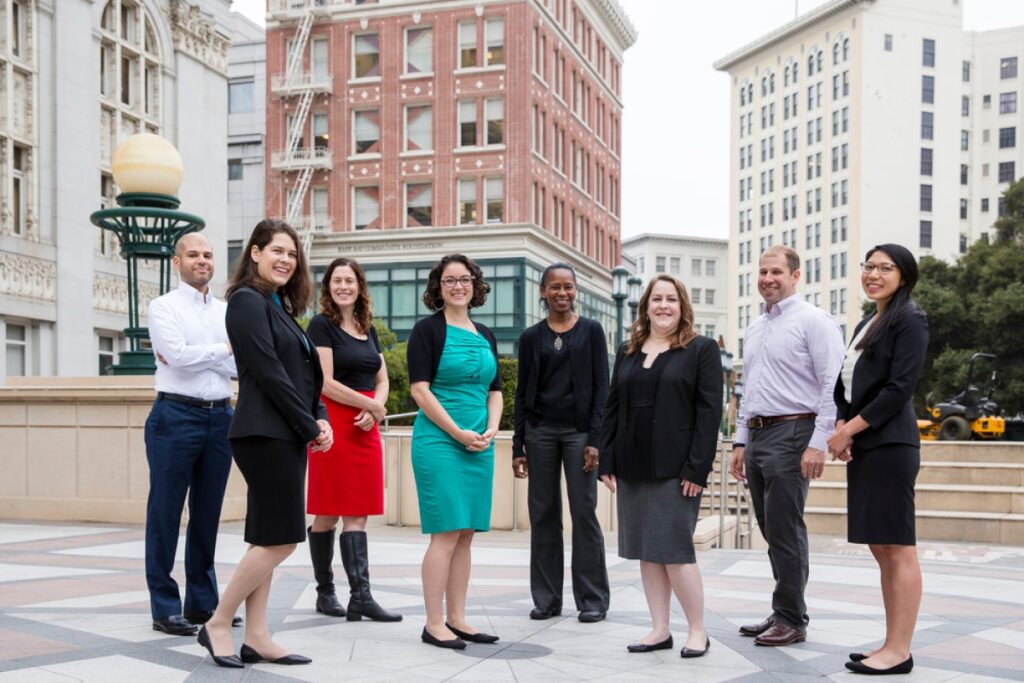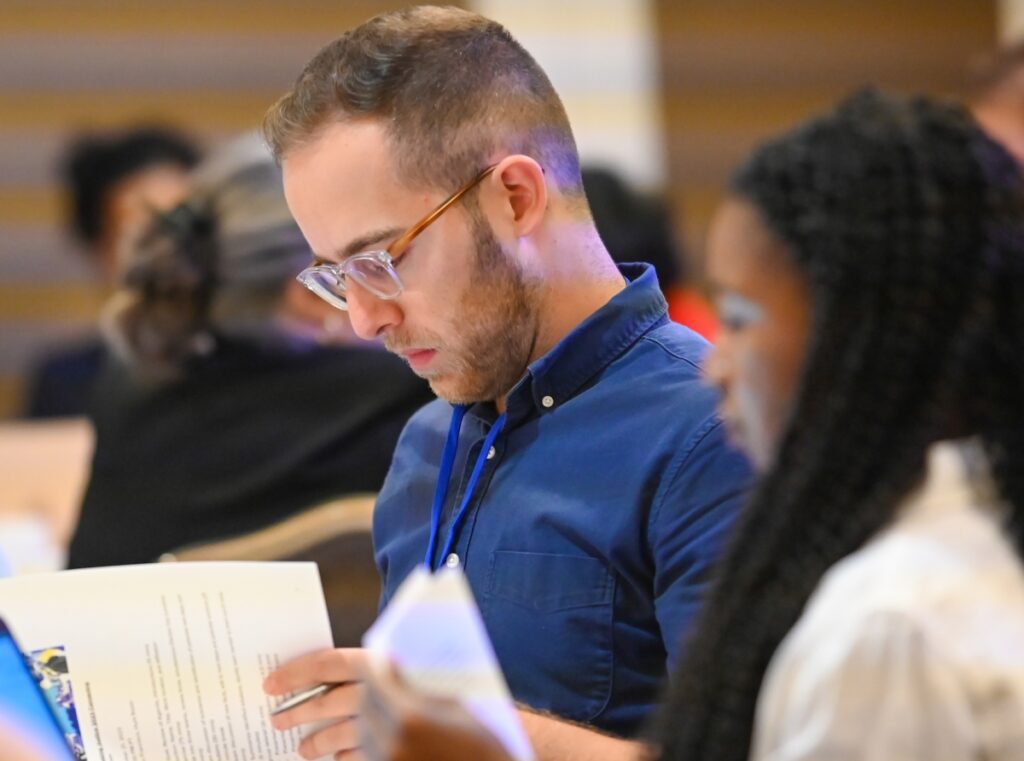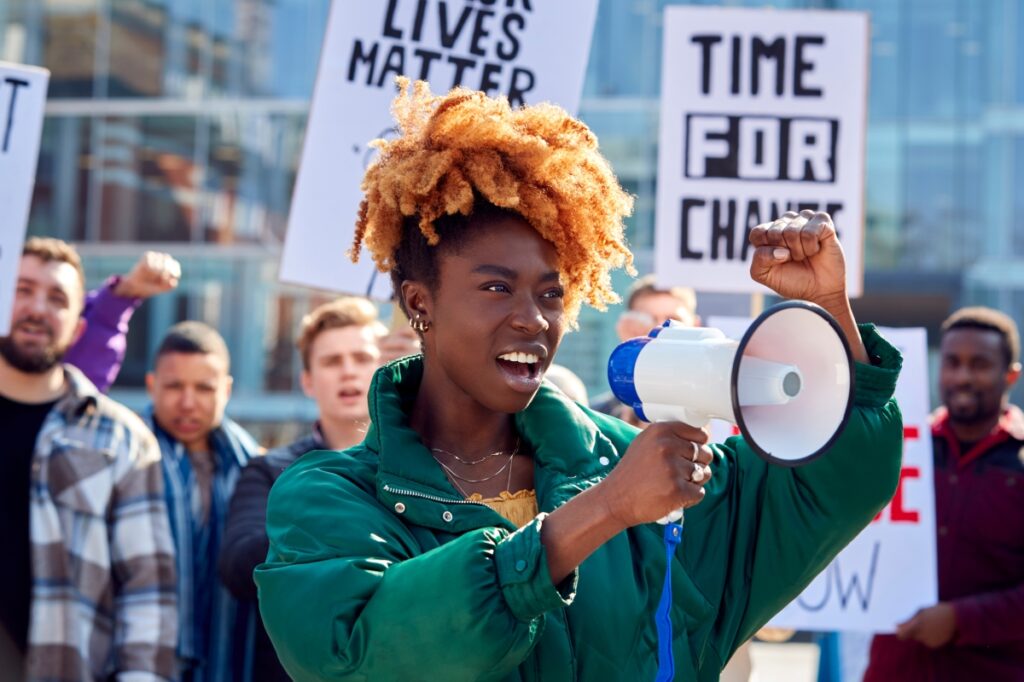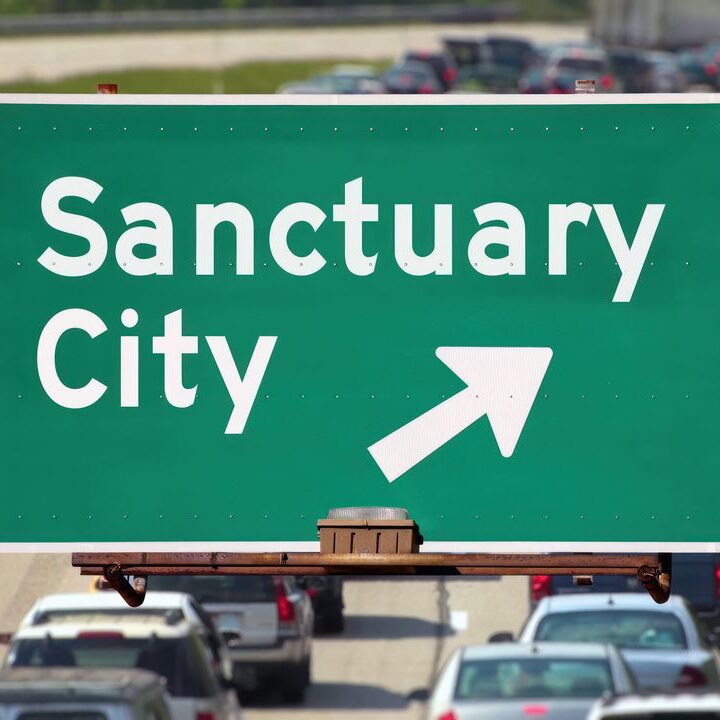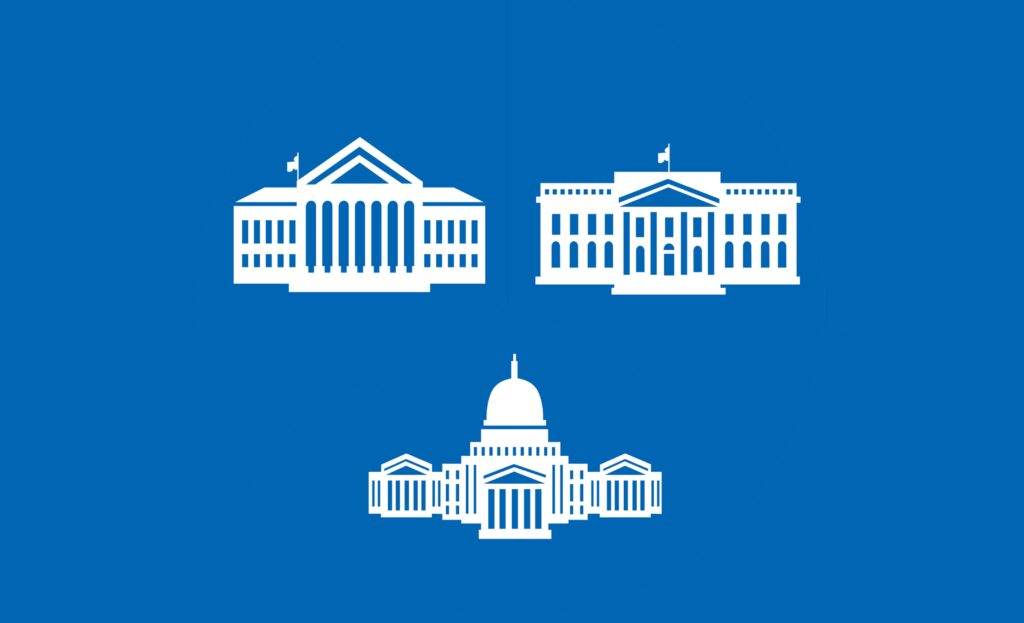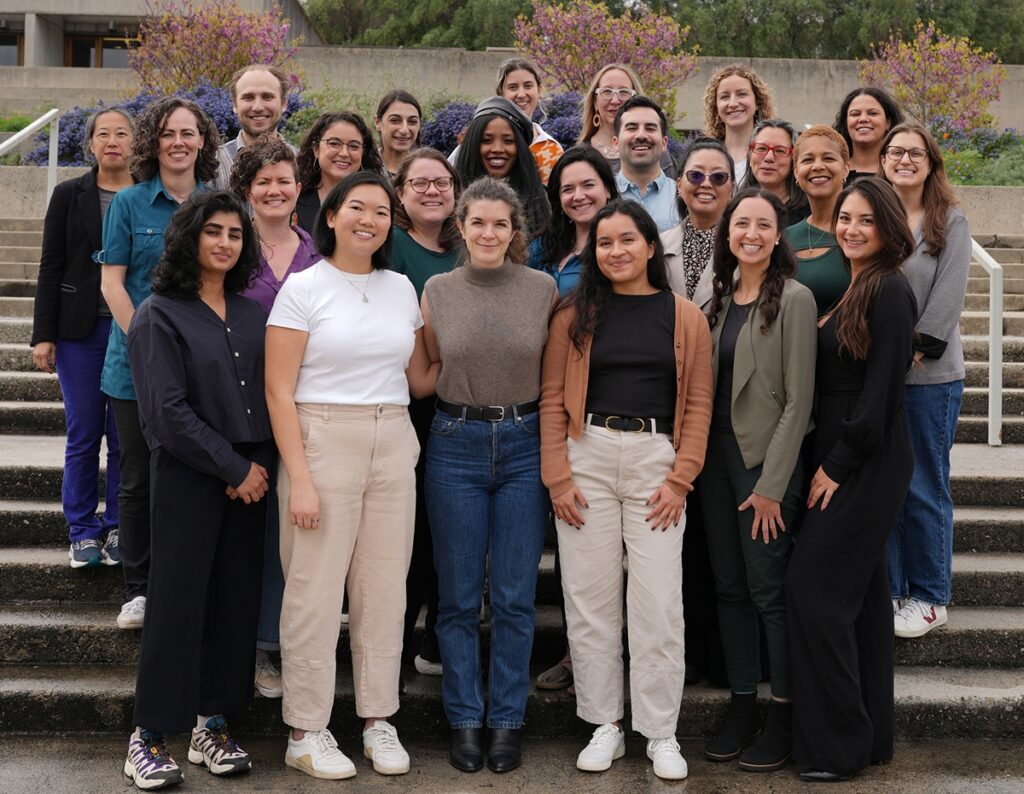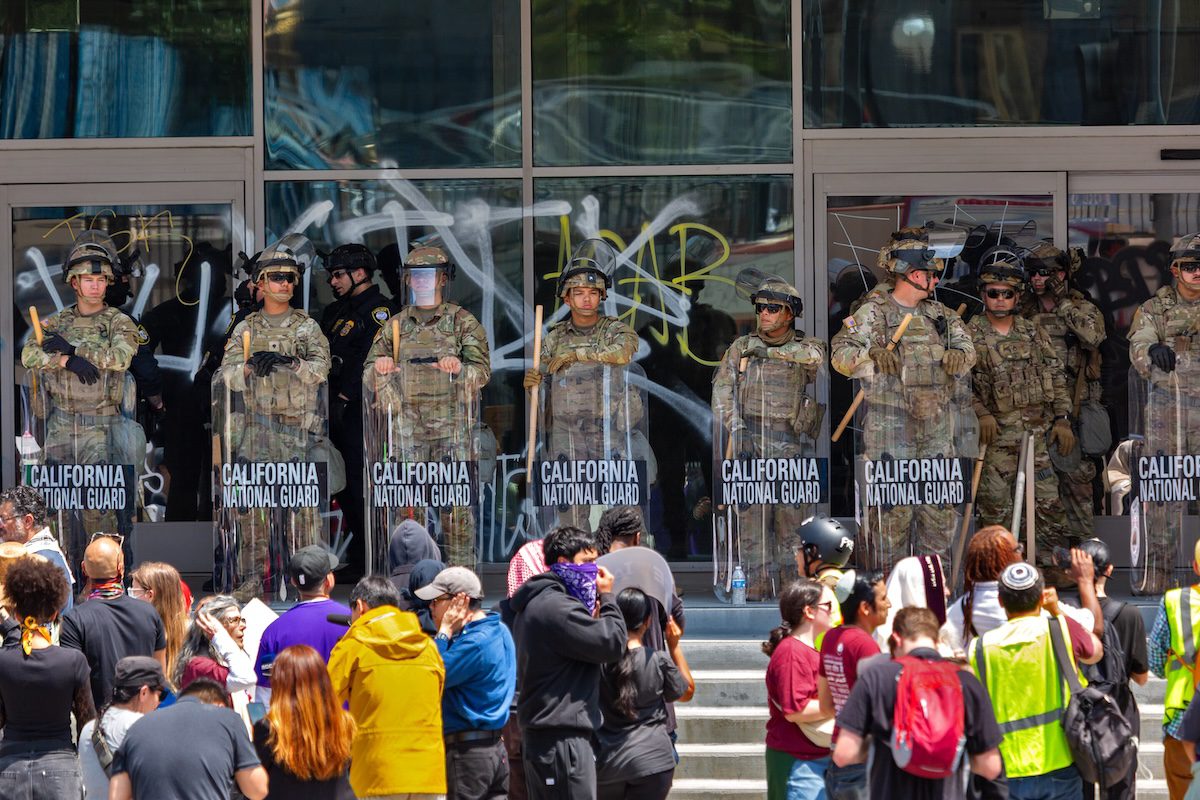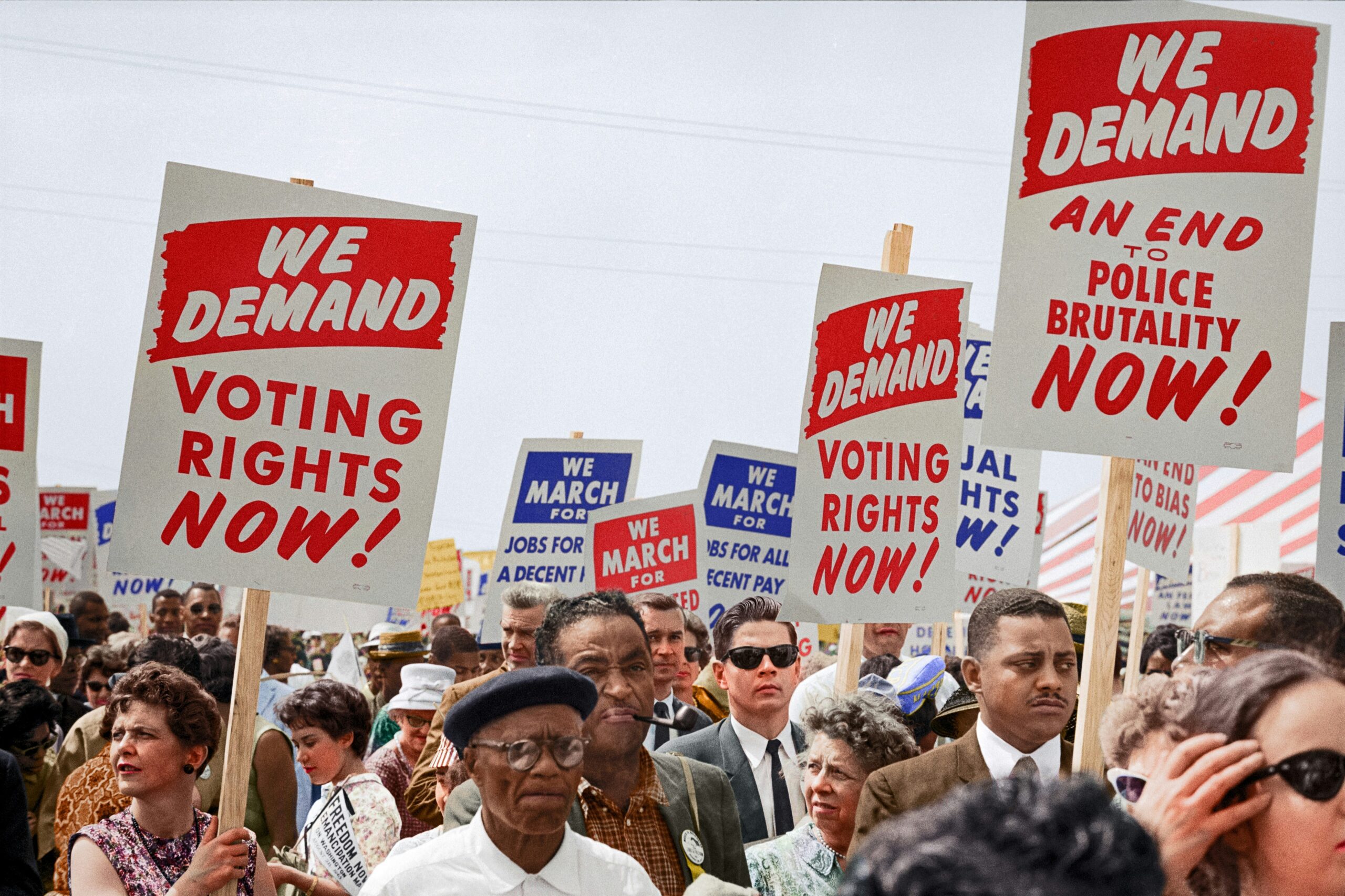The fallout from Trump v. CASA
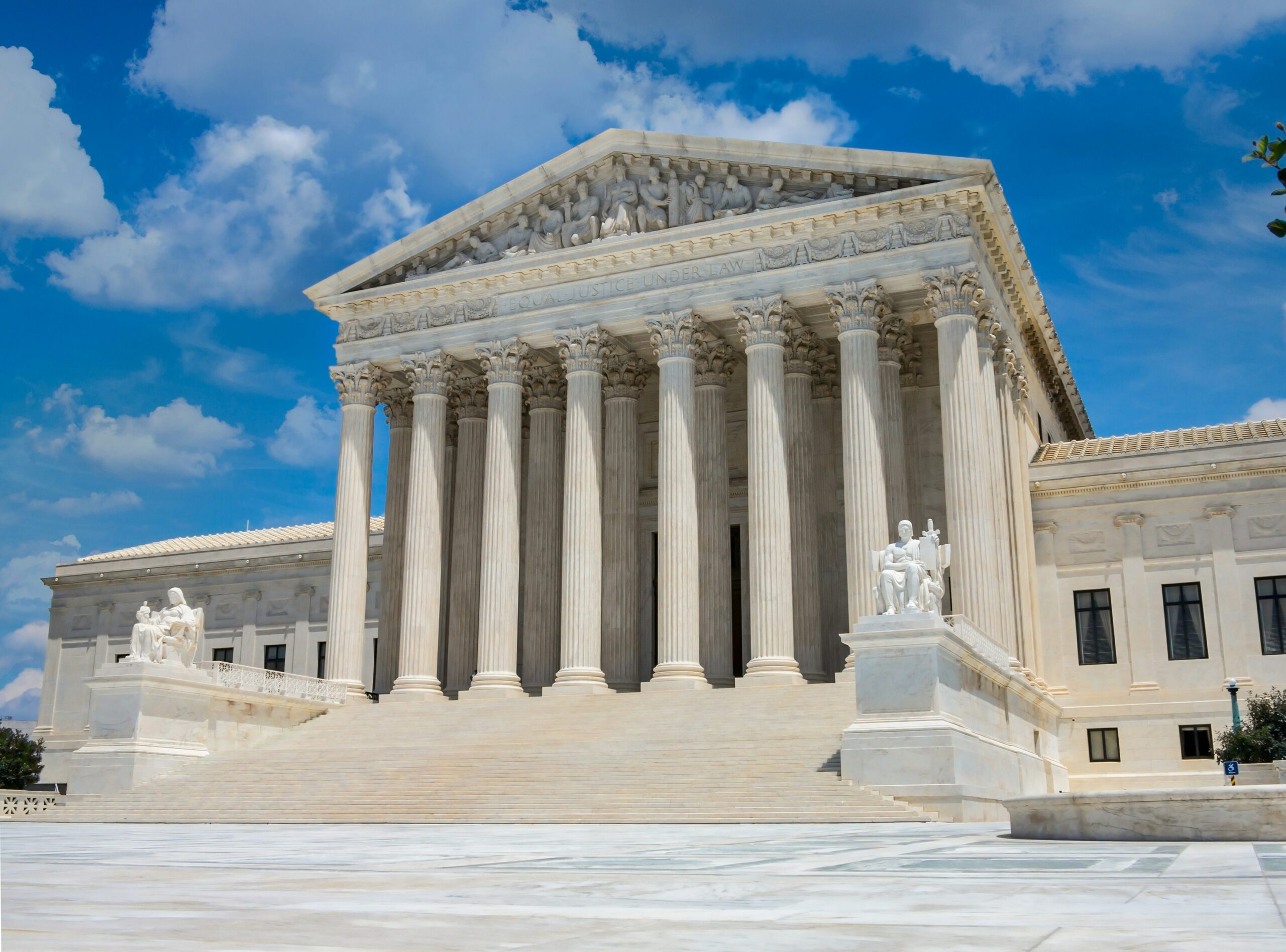
By Jonathan Miller, chief program officer, Public Rights Project
Trump’s executive order to end birthright citizenship is a direct rebuke of the 14th Amendment, a provision enshrined in the Constitution for over 160 years. It would strip citizenship from people born on U.S. soil and potentially create stateless babies without basic rights and protections. Fortunately, at least to date, the executive order has been blocked from going into effect.
However, it’s worth turning back to the Supreme Court’s June 27 ruling in Trump v. CASA, which granted the Trump administration’s request to limit nationwide injunctions against the executive order. This decision has implications for one of the judiciary’s most significant powers: the ability to check lawless action by the government.
It’s possible to have a debate on the merits of nationwide injunctions — which have stymied the policy agendas of presidents from both political parties. But we now live in unprecedented times, where curtailing their use will result in dire real-world implications.
At present, the White House is engaged in a rapid consolidation of authoritarian power — and therefore, every tool to rein in federal overreach becomes important. The Supreme Court’s decision to limit nationwide injunctions has fundamentally weakened one safeguard against an administration that actively flaunts the rule of law.
In this particular case, it also contradicts the principle that all Americans, regardless of geography or economic status, should have their constitutional rights guaranteed. Whether a person’s citizenship will depend on the state they’re born in, and what happens when families move between states, are just some of the many unresolved questions about how this executive order will be enforced — should it be allowed to happen.
What’s next for nationwide injunctions?
The Trump administration has faced nationwide injunctions on multiple fronts, from blocking an overhaul of how elections are run across the nation, to stopping the misappropriation of federal funds. Because of the Supreme Court’s rebuke of nationwide injunctions, relief from the president’s sweeping and draconian measures will be less available, and most likely only for those who have access to legal counsel.
Moreover, weakening means to hold the president accountable emboldens authoritarian impulses. This Supreme Court decision is already being used by the Trump administration to pursue its agenda more aggressively. For example, the Department of Justice has recently used the ruling to ask a judge to dilute a court order against Trump’s anti-voter executive order. As a result of the Trump v. CASA ruling, we can expect bolder non-compliance with injunctions and more willingness to test judicial limits.
Continuing to seek broad relief
It’s not yet game over for nationwide or, at least, broad injunctions. To start, state attorneys general may continue to push for statewide injunctions, which will cover nearly half the states in the country.
In addition, Trump v. CASA not only allows for but suggests several alternative pathways for blocking federal policies across the country. In the two weeks since the decision, advocates across the country have filed class actions and made innovative arguments about the sustained need for broad relief. The American Civil Liberties Union, partnering with other groups, successfully secured a new nationwide block July 10 on Trump’s order to end birthright citizenship.
Plaintiffs could also try to get a nationwide injunction through one of the exceptions in Trump v. CASA, namely by arguing that national relief is necessary for “complete relief” to affected parties. In some cases, under the Administrative Procedure Act, they could seek to nullify an agency’s action by having a court deem it to be unlawful. These approaches may be more complex and resource-intensive, but they’re necessary to protect as many people as possible from the president’s sweeping measures. We are likely to learn more about these tactics in the coming months.
Adapting our strategy
At Public Rights Project, we’ve been implementing new strategies in anticipation of yet another Supreme Court rollback. We’re starting by dramatically expanding the number of plaintiffs in our cases. The goal is for more people to benefit from a favorable decision.
This month, we added over 30 jurisdictions as plaintiffs to San Francisco v. Trump, which is aimed at attempts to freeze federal funding for so-called sanctuary cities. We also nearly doubled the number of plaintiffs to King County v. Turner, which challenges unlawful attempts to impose conditions on crucial federal funding for housing, health care, and transit. There are now 60 cities, counties, and local government authorities involved in the case.
As our lawsuits grow in size and scope, the burden on the parties, the lawyers, and the courts will be significant. But that’s the price we will pay to ensure that rights are guaranteed, and Public Rights Project stands ready alongside our local government partners to continue to build broad coalitions.
Despite the Supreme Court doing little to stop the White House’s unlawful actions and agenda, we can and must adapt quickly to meet the moment. With so much on the line, protecting our communities through legal means has never been more important.

-
 Blog12/1/2025
Blog12/1/2025More cities should fill the gap to defend workers’ rights, says Oakland’s first worker protection attorney
For about a year that coincided with the start of the pandemic, housekeepers, front desk…
-
 Blog10/28/2025
Blog10/28/2025Standing up against the deployment of the National Guard: cities and counties are crucial to holding the line
Once again, local governments are standing up for what really keeps us all safe: ensuring communities continue to get critical services and that the National Guard is only deployed in the rare cases when truly needed.
-
 Blog10/22/2025
Blog10/22/2025How you can protect free and fair elections
By Michael Adame, Elections & Government Partnership Director, Public Rights Project I’ve worked with hundreds…

